Seeking ground truth at a height at King’s Park
13 March 2020
Olivia SM Lee David HY LamThe World Meteorological Organization (WMO) presented a certificate to the Hong Kong Observatory earlier on to recognize our contribution to the routine upper-air weather observations at King’s Park Meteorological Station in Kowloon over the past 70 years or so. Relevant details can be found in WMO’s webpage. All along, we have been making weather observations to obtain “ground truth” of weather phenomenon. We understand that it is not enough by just observing weather on the ground. That is why over the years, we use meteorological balloon for upper-air weather observations, and the technology in this area continues to evolve and improve. Let us look back at our old days in seeking the “ground truth”!
The Observatory’s routine upper-air observations began in 1949. It did not start at King’s Park, but at the Observatory Headquarters in Tsim Sha Tsui. At that time, the first upper-air sounding system using radiosondes was installed at the Observatory Headquarters to carry out upper-air weather observations at 8 a.m. (9 a.m. during daylight saving time in summer) every day, covering measurements of temperature, humidity, wind and air pressure. Observatory colleagues manually inflated a balloon, with a radiosonde dangling from it, with hydrogen and released it (Figure 1). As the balloon rose in the air, measurements of air pressure, temperature and humidity taken by sensors in the radiosonde were transmitted to the ground station at the Observatory Headquarters by radio wave. As for measuring the upper level winds, a theodolite was set up on the rooftop of the Observatory Headquarters to track the balloon. Based on the balloon’s elevation, azimuth and rate of ascent, wind direction and speed at different heights above ground were calculated. The photo in Figure 2 was taken in 1950. In the photo, Observatory colleagues were using the theodolite on the rooftop of the Observatory Headquarters to track a balloon during an upper-air observation experiment. Since this method relied entirely on visual observation, it could not be carried out when the view was blocked by low clouds. The meteorological balloon at that time generally rose to an altitude of about 20 kilometers before it burst. As the balloon burst, a parachute inside would be deployed, bringing the radiosonde slowly to the ground or to the sea.
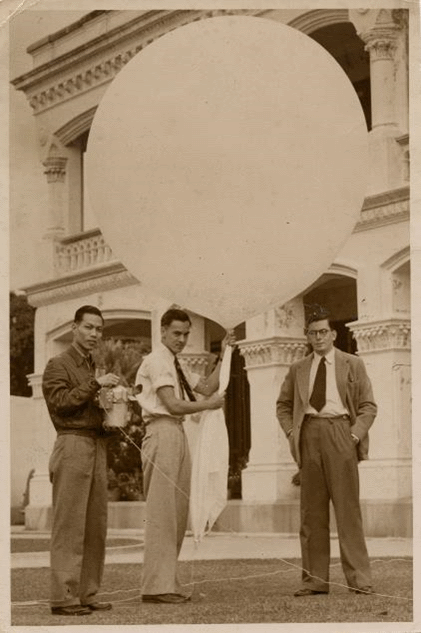
Figure 1. N. Lawrence (first right), Scientific Officer of the Observatory,
and two other colleagues were preparing to launch an upper-air meteorological balloon
in the morning of 16 December 1949 in front of the 1883 Building
at the Observatory Headquarters. The colleague on the far left was holding the radiosonde.
Due to the relatively large size and heavy weight of the instrument at that time,
a dedicated personnel was required to operate the radiosonde.
(Photograph provided by Mr. Chi-ming Shun, former Director of the Observatory)
and two other colleagues were preparing to launch an upper-air meteorological balloon
in the morning of 16 December 1949 in front of the 1883 Building
at the Observatory Headquarters. The colleague on the far left was holding the radiosonde.
Due to the relatively large size and heavy weight of the instrument at that time,
a dedicated personnel was required to operate the radiosonde.
(Photograph provided by Mr. Chi-ming Shun, former Director of the Observatory)
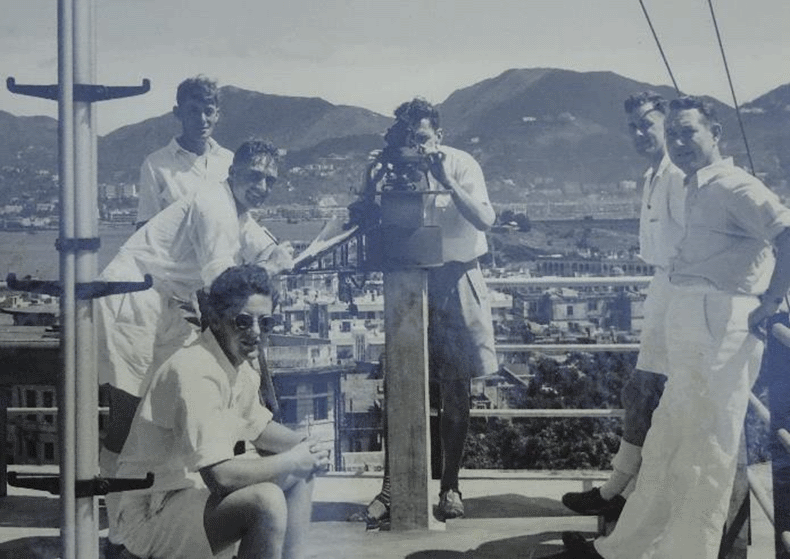
Figure 2 Observatory colleagues conducted an upper-air meteorological observation
experiment on the rooftop of the Observatory Headquarters in 1950. Left to right:
W.P. Goodfellow, B.W. Thompson (responsible for recording data), G. Bell, R.C. Bannister
(operating the theodolite to track the balloon), C.S. Ramage and L. Starbuck,
then Assistant Director. (Photograph provided by the family of Mr. L. Starbuck)
experiment on the rooftop of the Observatory Headquarters in 1950. Left to right:
W.P. Goodfellow, B.W. Thompson (responsible for recording data), G. Bell, R.C. Bannister
(operating the theodolite to track the balloon), C.S. Ramage and L. Starbuck,
then Assistant Director. (Photograph provided by the family of Mr. L. Starbuck)
The technology of measuring upper level winds took a step forward in 1951. In addition to the radiosonde, a radar reflector was also attached to the upper-air meteorological balloon. Colleagues used a ground based radar (Figure 3) to track the movement of the radar reflector and determined the reflector’s range, azimuth and elevation, from which the upper level winds could be computed.
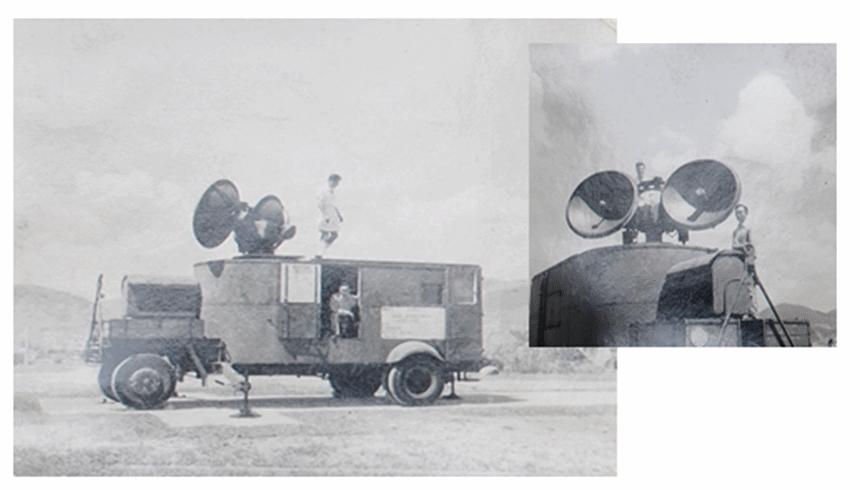
Figure 3. The radar in the photo could track the position of the radar reflector
attached to an upper-air meteorological balloon so as to measure the winds aloft.
(Photograph provided by the family of Mr. G.S.P. Heywood, former Director of the Observatory)
attached to an upper-air meteorological balloon so as to measure the winds aloft.
(Photograph provided by the family of Mr. G.S.P. Heywood, former Director of the Observatory)
The Observatory Headquarters at Tsim Sha Tsui was not the best place for upper-air meteorological observations due to the surrounding buildings . A more suitable place for releasing meteorological balloon was later found on a small hill at King’s Park, where the King’s Park Meteorological Station (KPMS) was subsequently established in 1951. Since 1 June 1951, routine measurements of upper-air temperature, humidity, air pressure and winds were carried out at 8 a.m. daily at KPMS. Since its establishment, KPMS became a WMO upper-air meteorological station with identification number 45004, which is still in use today. In fact, KPMS has been operating for nearly 70 years and upper-air meteorological observations are carried out at the station every day to collect weather data for exchange with other meteorological centres worldwide through a dedicated network. In 1992, the Global Climate Observing System (GCOS), funded by the WMO, United Nations Educational, Scientific and Cultural Organization (UNESCO) and others, was established. KPMS became a member of the GCOS Upper-Air Network (GUAN) and contributed to the monitoring of climate change. Currently, there are more than 170 GUAN upper-air meteorological stations around the world, launching meteorological balloons at the same time to collect weather data at 8 a.m. and 8 p.m. Hong Kong time daily.
King’s Park was named in memory of the coronation of British King Edward VII. King’s Park did live up to its name. It is a scenic place with lots of open space. No wonder the Observatory chose to build the only upper-air meteorological station there. KPMS was officially opened by the then Governor, Sir Alexander Grantham, during his visit to the newly established station on 9 November 1951. The event was widely covered by the press at that time (Figure 4 and 5).
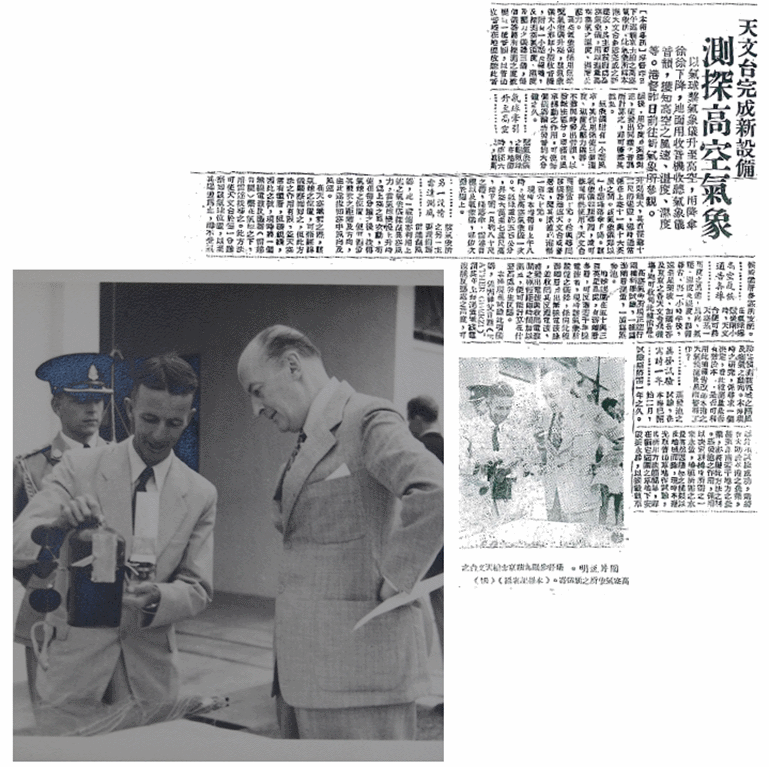
Figure 4 In the Kung Sheung Daily News published on 10 November 1951,
it was reported that the then Governor, Sir Alexander Grantham, officiated at the
opening ceremony of the newly established KPMS on 9 November
(photograph courtesy of The Robert H.N. Ho Family Foundation). In a photograph
taken on the same day, Sir Grantham (right) listened attentively to Mr. G.S.P. Heywood (left),
then Director of the Observatory, explaining how a new instrument worked.
(Photograph provided by Mr. Heywood’s family)
it was reported that the then Governor, Sir Alexander Grantham, officiated at the
opening ceremony of the newly established KPMS on 9 November
(photograph courtesy of The Robert H.N. Ho Family Foundation). In a photograph
taken on the same day, Sir Grantham (right) listened attentively to Mr. G.S.P. Heywood (left),
then Director of the Observatory, explaining how a new instrument worked.
(Photograph provided by Mr. Heywood’s family)
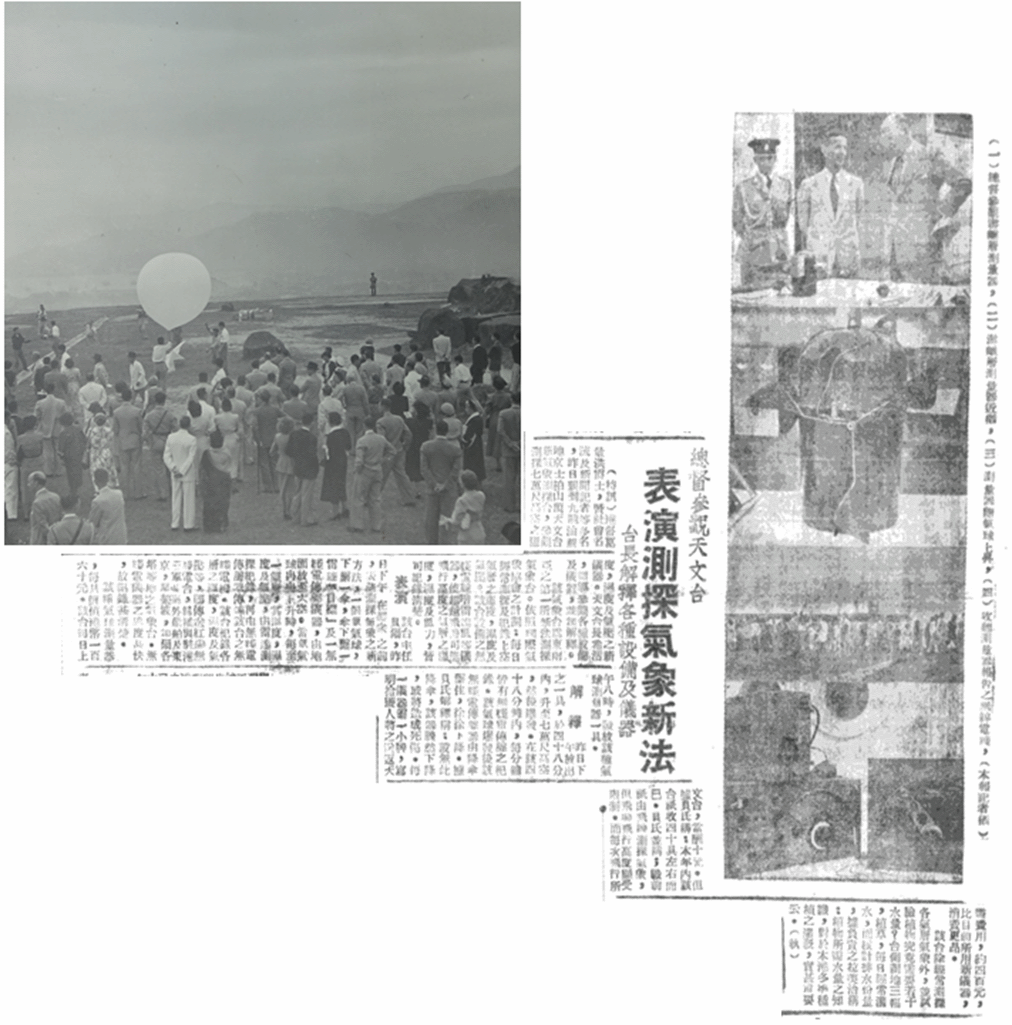
Figure 5 In the Wah Kiu Yat Po published on 10 November 1951,
it was reported that the then Governor, Sir Alexander Grantham,
officiated at the opening ceremony of the newly established KPMS on 9 November
(Courtesy of South China Morning Post which owns the copyright of press cutting of
Wah Kiu Yat Po). In a photo taken on the same day, guests were watching
the meteorological balloon rising at KPMS. (Photograph provided by the family
of Mr. L. Starbuck, former Deputy Director of the Observatory)
it was reported that the then Governor, Sir Alexander Grantham,
officiated at the opening ceremony of the newly established KPMS on 9 November
(Courtesy of South China Morning Post which owns the copyright of press cutting of
Wah Kiu Yat Po). In a photo taken on the same day, guests were watching
the meteorological balloon rising at KPMS. (Photograph provided by the family
of Mr. L. Starbuck, former Deputy Director of the Observatory)
In the 1950s and 60s, the radiosonde used at KPMS was quite large and heavy. The instrument, together with the battery, weighed more than one kilogram (Figure 6). A windmill was attached to the instrument with connections to temperature, humidity and air pressure sensors. When the balloon rose, a rotating switch driven by the windmill successively connected to the temperature, humidity and air pressure sensors and signals were transmitted in turn through three corresponding audio oscillators to the ground station where actual values of pressure, temperature and humidity at different altitudes were computed manually. This clever setup would avoid confusion caused by the simultaneous transmission of signals from three sensors. With the advancement of technology, electronic components were getting smaller and smaller. A new type of radiosonde was brought into use at KPMS in 1969. Its temperature, humidity and air pressure sensors used radio frequency between 23.6 and 26.2 MHz to transmit signals to the ground station. The signals were decoded and the respective actual values of pressure, temperature and humidity were computed from calibrated curves manually. As audio oscillator was not used, the weight of the radiosonde was greatly reduced to 280 grams.
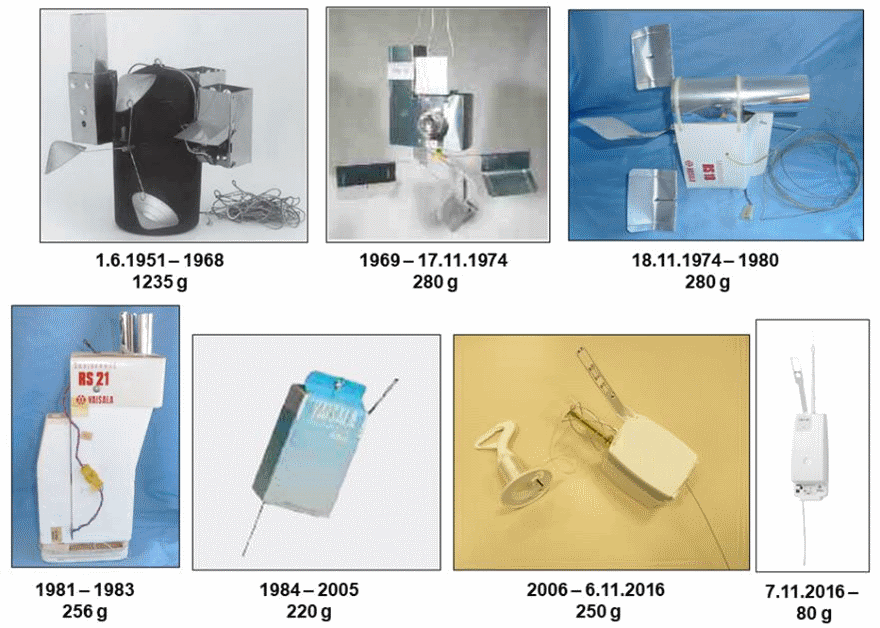
Figure 6 Radiosondes used at KPMS over the years with dates
of use and weight (in grams).
Starting from 16 October 1954, in addition to the routine measurements of upper level temperature, humidity, air pressure and winds at 8 a.m. every day, additional observations were also made at 5 a.m., 5 p.m. and 11 p.m for only wind direction and speed . At the request of the WMO, starting from 1 April 1957, these three observations were advanced to 2 a.m., 2 p.m., and 8 p.m. Starting from 1 January 1969, the 8 p.m. observation also covered temperature, humidity and air pressure measurements, similar to the 8 a.m. observation.
In the early days we needed three people to complete an upper-air observation. They were responsible for operating the radiosonde equipped with a windmill, releasing the balloon, and operating the radar (Figure 7) to track the balloon respectively (Video 1). In 1981, a MicroCORA sounding system was put into operation at KPMS. The system employed the frequency at 403 MHz for transmission of temperature, humidity and air pressure signals to the ground station. The system automatically converted the radio wave signals into usable data without the need of manual calculation. The system also featured a technological breakthrough in upper level wind measurements. It used the phase difference of the very low frequency signals in the range of 10-13 kHz from a global-range navigational network, OMEGA, for automatic tracking of radiosondes and computation of winds. The use of radar to track radiosondes was no longer required.
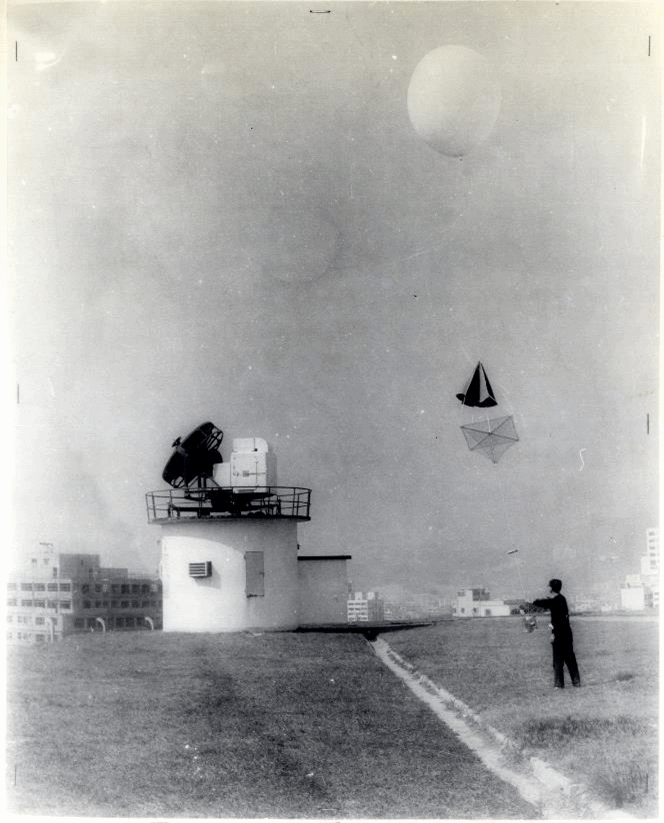
Figure 7 In the early days of upper-air weather observations at KPMS,
we still needed to use radar (mounted on the rooftop of the building) to track the position
of the meteorological balloon before we could deduce the wind direction and speed aloft.
we still needed to use radar (mounted on the rooftop of the building) to track the position
of the meteorological balloon before we could deduce the wind direction and speed aloft.
Video 1 (silent) In the early days, it took three Observatory colleagues’ efforts
to complete the upper-air meteorological observation at KPMS. One was responsible
for operating the radiosonde equipped with a windmill, one for
releasing the balloon, and one for operating the radar to track the balloon.
to complete the upper-air meteorological observation at KPMS. One was responsible
for operating the radiosonde equipped with a windmill, one for
releasing the balloon, and one for operating the radar to track the balloon.
When the MicroCora system was replaced by the DigiCORA system in July 1993, upper-air sounding operation entered another milestone – the digital era. Apart from having improved wind-finding and better data presentation capabilities, the DigiCORA system also supported measurement of vertical gamma and beta radioactivity (Figure 8) and ozone content (Figure 9) profiles using specially designed radiosondes. The first radioactivity sounding and ozone sounding were made at KPMS on 26 February 1993 and 4 March 1993 respectively. Since then, the Observatory has been carrying out ozone sounding once a week and regular radioactivity soundings under different weather conditions each year to collect data for the analysis of variation of ozone content and radiation levels with altitudes. Since 2000, KPMS has become an ozone monitoring station of the WMO Global Atmosphere Watch Programme. Weekly observations are sent to the World Ozone and Ultraviolet Radiation Data Centre for archive and research by meteorological agencies and scholars around the world.
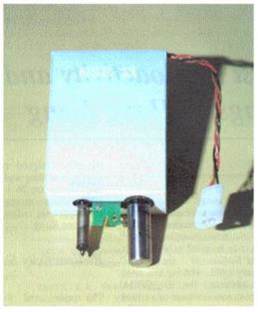
Figure 8. The sensor used during the first radioactivity sounding at KPMS
on 26 February 1993. The probes on the left and right were the Geiger Müller tube
that measured beta and gamma radiation respectively.
on 26 February 1993. The probes on the left and right were the Geiger Müller tube
that measured beta and gamma radiation respectively.
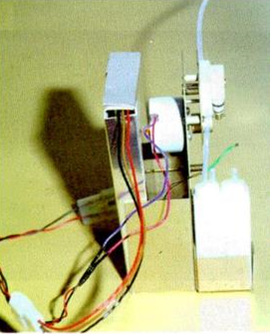
Figure 9 The sensor used in the first ozone sounding at KPMS on 4 March 1993.
The electrochemical reactions between ozone and the electrolytes of the cell
(bottom right) gave rise to a small electric current proportional to the ozone
abundance of the sampled air. The current was measured by sensor electronics
and converted to digital form for transmission to the ground equipment.
The electrochemical reactions between ozone and the electrolytes of the cell
(bottom right) gave rise to a small electric current proportional to the ozone
abundance of the sampled air. The current was measured by sensor electronics
and converted to digital form for transmission to the ground equipment.
The radiosonde started to employ the Global Positioning System (GPS) wind-finding technology in 1997, marking a big step forward for upper-air wind observations. During the observations, both radiosonde and ground station were equipped with special antennae for receiving satellite-based GPS signals. These signals, combined with the relevant satellite orbital data, enabled the computation of winds. Although the GPS signals were less affected by adverse weather such as lightning and thunderstorms, the GPS system developed at that time was not yet mature, resulting in low availability of upper-air wind data. In this connection, the Observatory also employed the “LORAN-C” radio navigation system, as an alternative to GPS technology, for location fixing and measurement of upper level winds in 1999. Similar to “OMEGA”, “LORAN-C” was also a long-range navigation system with stable performance in measuring wind in the absence of severe weather.
In the 21st century, upper-air weather measurements in Hong Kong entered an era of full automation when the Observatory introduced the Automatic Upper-air Sounding System (AUSS) (Video 2) in 2004. This system was the first of its kind in Southeast Asia at that time. The system automatically inflates and releases the balloon. Apart from lower operation costs and higher work efficiency, it also enhanced personnel safety. Starting from late 2008, helium has been used in place of hydrogen for inflating balloons. This further improved staff safety.
Video 2 The AUSS at KPMS automatically inflates and releases the balloon
which carries a radiosonde aloft to detect upper-air meteorological information.
which carries a radiosonde aloft to detect upper-air meteorological information.
The AUSS was upgraded in November 2016. Since then it used a new model radiosonde with more accurate sensors to detect temperature and humidity, while air pressure and winds are computed using GPS data. In addition to higher accuracy, the new radiosonde is also very light, weighing only 80 grams (Figure 6 and 10).
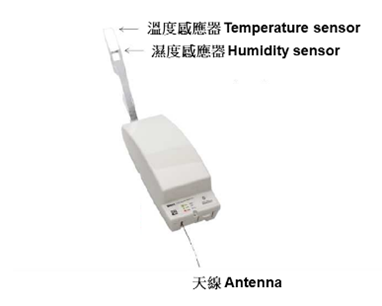
Figure 10 The AUSS at KPMS uses a new model radiosonde equipped with
temperature and humidity sensors, as well as a special antenna to receive GPS signals.
Air pressure, wind direction and speed are computed using GPS data.
temperature and humidity sensors, as well as a special antenna to receive GPS signals.
Air pressure, wind direction and speed are computed using GPS data.
The sounding operation at KPMS successfully obtained the ISO 9001:2015 certification set by the International Organization for Standardization in March 2018, further affirming the professional work and dedication of colleagues. Currently, not only Observatory’s weather forecasters would use upper-air meteorological data to analyze weather conditions, such information is also available to members of the public through the Observatory’s webpage “Upper-air Weather Measurements” or the tephigram in “Weather Information for Aviation Sports”.
Technology is advancing rapidly and the Observatory has already acquired instruments using remote sensing technology to observe upper-air weather conditions. For example, the wind profiler installed in Sham Shui Po can measure upper level winds. It has replaced the radiosondes released at 2 a.m. and 2 p.m. since 1999 and 2007 respectively for providing wind direction and speed. In addition, the microwave radiometer at KPMS can measure upper level temperature and humidity. Although these instruments are convenient for continuous monitoring, they can only measure meteorological information up to a height of about 10 kilometers. Fabricated with more robust materials, meteorological balloon nowadays can carry radiosondes up to 30 kilometers before the balloon bursts. Compared to ground-based equipment like wind profiler and radiometer, meteorological balloon carrying a radiosonde is still the most effective and accurate method for atmospheric profiling.
In the years to come, we will keep seeking the “ground truth” at a height, not on ground, at King’s Park!